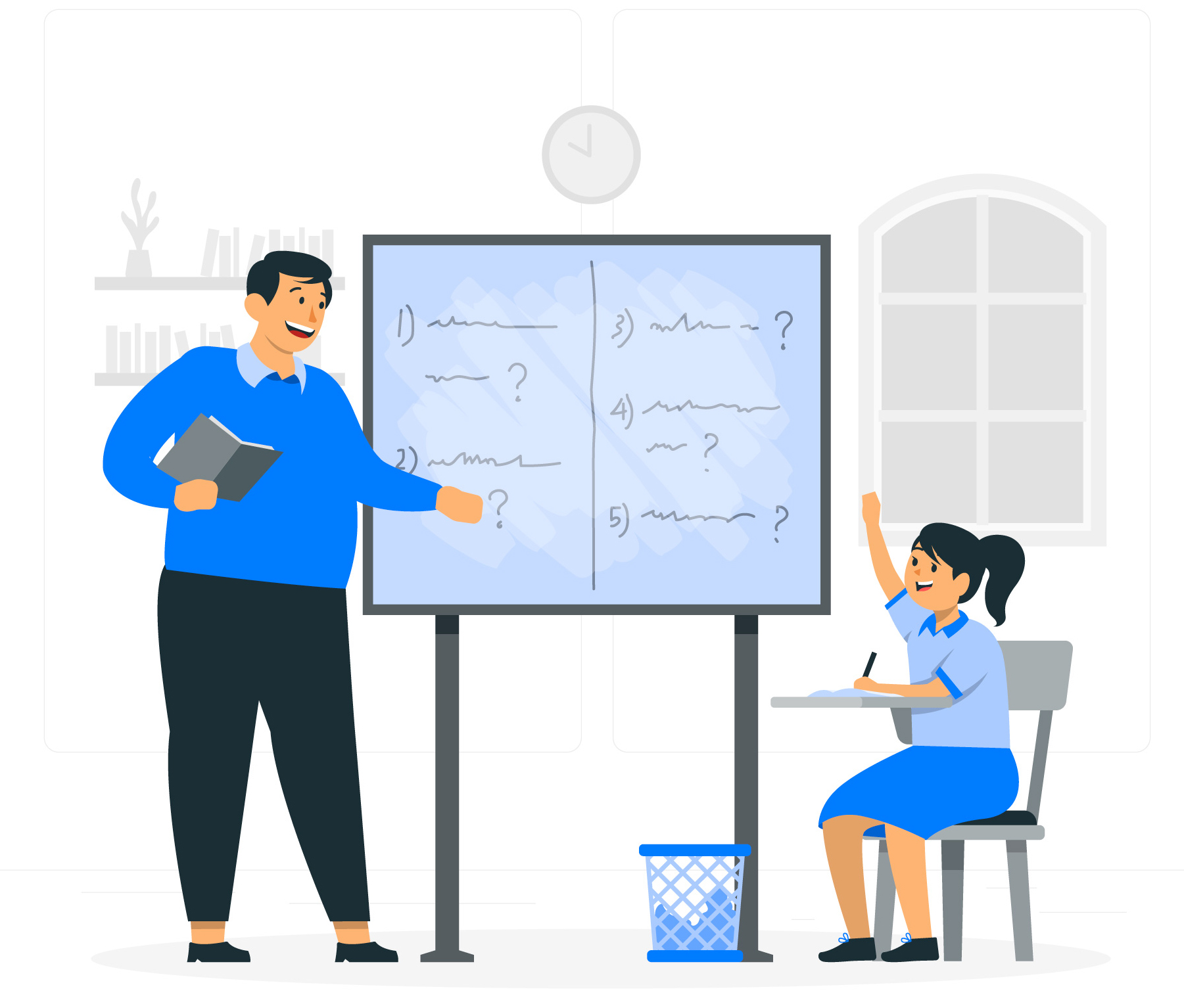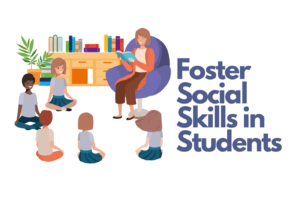10 Ways to Develop Critical Thinking Skills in Class

“The value of a college education is not the learning of many facts but the training of the mind to think.” — Albert Einstein
Critical thinking is one of the most important skills today, and its relevance and utility will only increase with time.
Here are some reasons why we say this:
- As technology advances and job markets evolve, we need to be equipped with the ability to adapt, analyze information, and solve complex problems.
- Today, information is readily accessible. However, not all information is accurate or reliable. We should be able to evaluate the credibility and bias of sources, and not be misled by wrong information.
- Critical thinking cultivates independent thinking and encourages individuals to question assumptions, challenge beliefs, and explore multiple perspectives.
- As critical thinking involves analyzing complex situations, identifying patterns, evaluating evidence, and generating creative solutions, it is the core component of problem-solving and innovation.
- Critical thinkers learn to express their ideas clearly, support their arguments with evidence, and listen attentively to others’ perspectives. These skills are crucial for effective communication.
- And it fosters personal growth and self-reflection. Those who engage in critical thinking become aware of their own biases, assumptions, and limitations.
So, when would be the right time to start planting the seeds of critical thinking in an individual’s mind? During their formative years.
And we must keep challenging them to develop the skill further through high school, college, and university education.
As teachers, it may feel like a daunting task to think about ways to drive critical thinking in your classrooms. However, it’s not as complicated as it sounds.
In this blog post, we’ll share 10 simple things you can do in the classroom to develop critical thinking among your students.
1. Ask open-ended questions
Encourage students to think deeply and from different dimensions by asking questions that require more than simple factual answers. Open-ended questions challenge them to analyze, evaluate, and synthesize information.
2. Provide real-world examples
Relate the topics being discussed to real-life situations and examples. Like simple case studies. This helps students see the practical application of their knowledge and encourages them to think critically about how the concepts are relevant in different contexts.
3. Encourage active discussions
Engage students in thoughtful discussions and debates. Encourage them to express their opinions, provide evidence to support their claims, and consider alternative viewpoints. This helps develop their analytical and argumentative skills.
4. Teach problem-solving strategies
Guide students through structured problem-solving processes. Teach them strategies such as identifying the problem, brainstorming potential solutions, evaluating the pros and cons, and selecting the most viable option. This approach develops critical thinking and decision-making skills.
5. Analyze multiple perspectives
Encourage students to consider different perspectives on a given topic or issue. Help them understand that there are often multiple valid viewpoints and that critical thinking involves evaluating evidence and reasoning behind each perspective.
6. Foster information evaluation
Teach students to assess the credibility and reliability of sources. This is one of the most important skills in our digital world that is increasingly being powered by AI. Show them how to differentiate between fact and opinion, identify bias, and evaluate the evidence presented. This skill is crucial in today’s age of abundant information.
7. Promote reflection
Encourage students to reflect on their thinking processes, learning experiences, and problem-solving approaches. Reflection helps them become aware of their own biases, assumptions, and areas for improvement.
8. Use multimedia resources
Incorporate diverse media, such as videos, articles, and interactive online content, to present information. This exposes students to different formats and helps them analyze and evaluate information from various sources.
9. Provide challenging tasks
Assign complex tasks that require students to think critically and apply their knowledge creatively. These tasks could involve analyzing case studies, conducting research, or solving open-ended problems.
10. Emphasize metacognition
Teach students about metacognitive strategies, which involve thinking about one’s own thinking. Encourage them to set goals, monitor their progress, and reflect on their thinking and learning processes.
As a prerequisite to implement these strategies, we must work towards building a classroom environment where students feel comfortable to express themselves without the fear of being wrong or judged. Making mistakes and being wrong should not be looked down upon. If we are to build a generation of innovators and entrepreneurs which is what the world needs today, we need our students to get comfortable with mistakes and failures.
We hope this post was useful. Subscribe to our blog for more such posts and thought pieces dedicated towards supporting the educators of the world.
We at TeachPro+ believe strongly in empowering the teaching and learning community with impactful resources, tools and techniques. Every week, we write about one such area that will be beneficial to the industry we serve. Please subscribe to our blog to be alerted as soon as we post on this blog.
You may also like




